The ancient Greeks believed that there were six main rivers that flow from the living world into the Underworld. Like the river Styx flowing from Feneos, Greece, into the dark bowels of Hades, some rivers that once provided food, water, transport, and trade to all living creatures have now turned dark – transporting waste from the cities to the ocean, and with it, death and disease.
Close to 88 percent of plastic pollution comes from rivers in Asia. These large rivers carry about an astonishing eight million metric tonnes of plastic debris every year!
Up to 95 percent of the plastic polluting the world’s seas and oceans comes from just 10 river systems. Among these 10 rivers, eight are in Asia. Five of these filthiest rivers are in China alone: Yangtze River (ranking 1st), Yellow River (3rd), Hai River (4th), Pearl River, and Amur River. In second place in the Indus River, while the holy Ganges River takes 6th place. The Mekong River, which runs through China and five countries in Southeast Asia, occupies 10th place.
China: Yellow River (5,464 km)

Known as the cradle of Chinese civilisation, the Yellow River got its name from the yellow sediment, loess, that its water is filled with. It is the longest river in China that spans across 9 provinces (such as Qinghai, Sichuan & Gansu), with 189 million people living in the Yellow River basin alone. It is Asia’s second-longest river after the Yangtze.
Pollution: Approximately 4.4 billion tonnes of wastewater flowed into the Yellow River in 2015. Its water quality has deteriorated due to factory discharges, agricultural waste, and sewage from fast-expanding cities.
Consequences: China’s 2017 the State of Ecology and Environment Report reported that 37.4% of the river system water was unusable for agriculture or for drinking. Approximately 30% of fish species have disappeared and the fish catch has declined by 40% due to water toxicity.
China: Yangtze River (6,300 km)
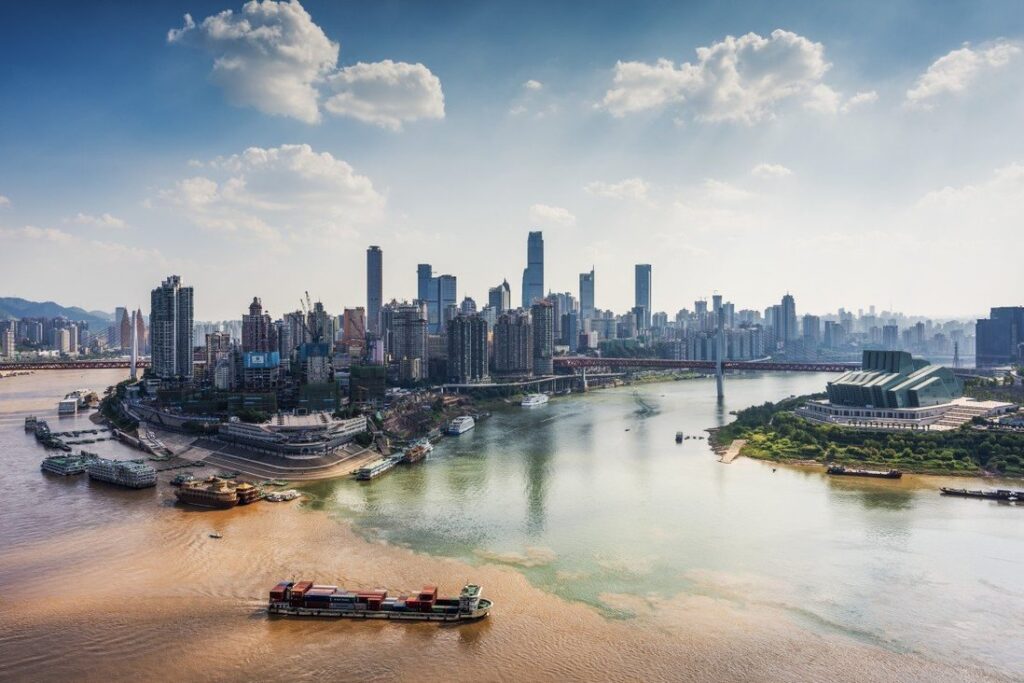
Yangtze River is the longest river in both China and Asia and third longest river in the world, with a length of 3,915 miles (6,300 km). Its river basin is home to nearly 500 million people, which is nearly a third of the country’s population. It is the longest river in the world to flow entirely within one country. The river basin accounts for 40% of China’s freshwater resources, more than 70% of rice production, and more than 70% of fishery production.
Pollution: Annual discharge of sewage and industrial waste was 35.3 billion tonnes (47% of China’s total sewage discharge). As China’s economy has developed, pollution in the Yangtze and its lakes has multiplied – particularly from industrial belts, high-tech development zones and agriculture, including large-scale fish and pig farming. Extensive loss of floodplains to agriculture has reduced the basin’s ability to detoxify pollutants.
Consequences: People living in the basin were exposed to polluted water, resulting in increasing rates of cancer. The Chinese alligators, found in the lower reaches of Yangtze, is the most threatened crocodilian species in the world. The finless porpoise is critically endangered, while the Chinese paddle fish has not been seen alive since 2003 and Chinese river dolphin (baiji), is considered functionally extinct despite occasional unconfirmed sightings.
Southeast Asia: Mekong River (4,350 km)
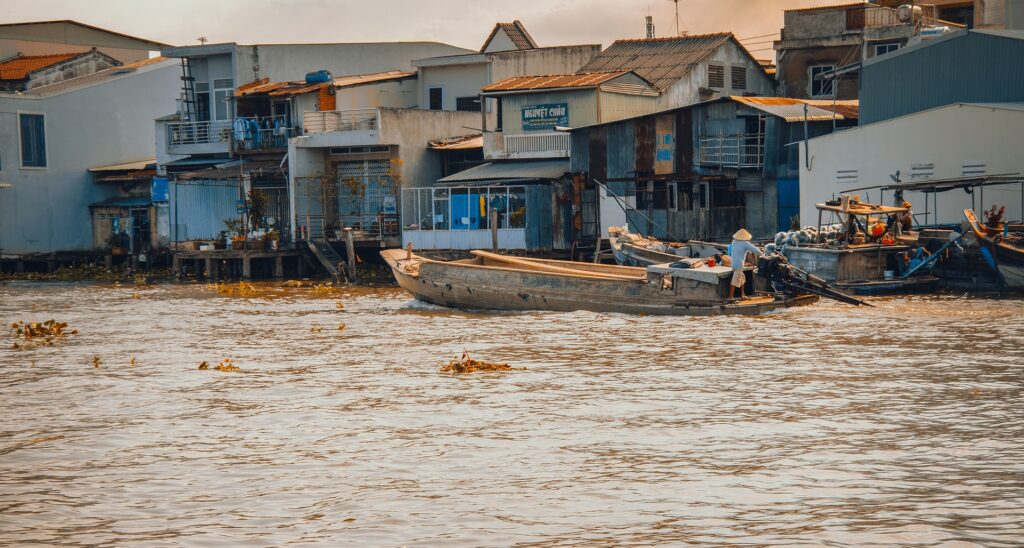
The Mekong River is the twelfth longest river and seventh longest in Asia. It runs through six countries. The lower Mekong basin fisheries have an estimated annual yield of 4.4 million tonnes, a value of USD17 billion.
Pollution: The Mekong River is becoming more polluted as a result of the agricultural and industrial chemicals and domestic untreated wastewater, which are discharged directly into open water bodies.
Consequences: Pollution and illegal fishing are threatening the Mekong’s 1,200 species of freshwater fish and 800 species of reptiles and amphibians. Dolpins caught in illegal fishing nets are hunted for blubber as lubrication and fuel. Toxic levels of pesticides, mercury (from gold mining) and other pollutants have been found in dead Irrawaddy dolphins. 11 dams planned along the lower Mekong in Laos and Cambodia are endangering fish populations and ruining fisheries.
Pakistan: Indus River (3,610 km)
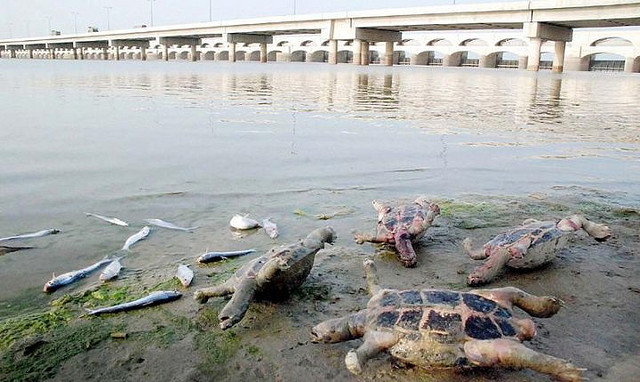
Indus River is one of the longest rivers in the world, and flows through parts of India and Pakistan into the Arabian Sea.
Pollution: Indus River is polluted as a result of litter, untreated agricultural, industrial and municipal waste, despite being highly regarded in daily religious ceremonies along the river’s banks.
Consequences: Pollution is contaminating the main supply of Pakistan’s portable water and imperiling the 150 species (22 of which are found nowhere else in the world) that call the Indus home. The Indus river dolpin in the upper reaches of Indus was wiped out due to toxic waste. Thankfully, an estimated of 1,800 dolphins recovered thanks to community-based conservation efforts.
India and Bangladesh: Ganges River (2,525 km)
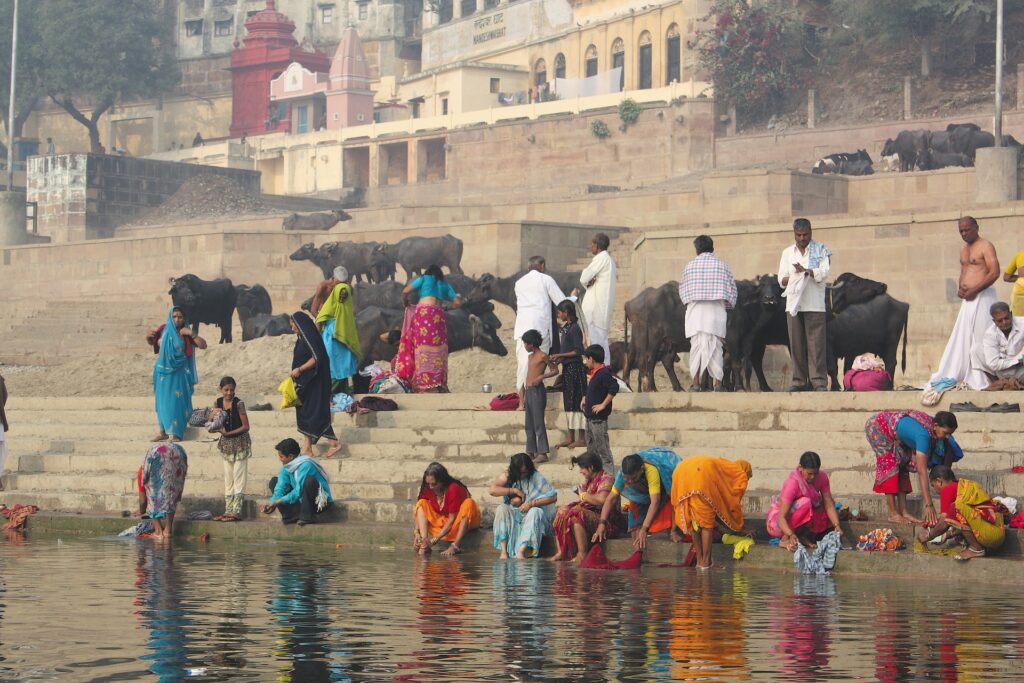
Ganges River is one of the most sacred rivers to Hindus and is ranked sixth on the list of top plastic polluting rivers. Its a lifeline to the 400 million people who live close to it.
Pollution: While the water is used for bathing, drinking, and cooking, the river is also a dumping ground for sewage and industrial waste from many cities and factories. Famously, Hindu devotees dispose of corpses after cremation along the river’s banks, with religious offerings wrapped in non-biodegradable plastics.
Pollution: People staying along the Ganges in Uttar Pradesh, Bihar and Bengal are more prone to cancer anywhere else in India according to the Indian Council of Medical Research. Gallbladder cancer cases along the Ganges are the second-highest in the world, with prostate cancer cases the highest in India. More than 140 fish species and 90 amphibian species, including the Ganges river dolphin, are listed as endangered by IUCN.
–
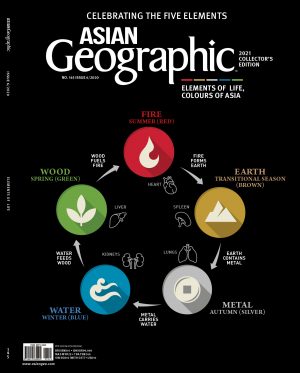 If you liked this post, do share it and tag us on your Social Media! Subscribe to ASIAN Geographic Magazines for more exciting updates and content.
If you liked this post, do share it and tag us on your Social Media! Subscribe to ASIAN Geographic Magazines for more exciting updates and content.
Read more in AG Issue 06/2020 No. 145 2021 Collector’s Edition here or download a digital copy here! The latest issue is coming to shelves soon, look out for it or reserve your copy today by emailing marketing@asiangeo.com!











